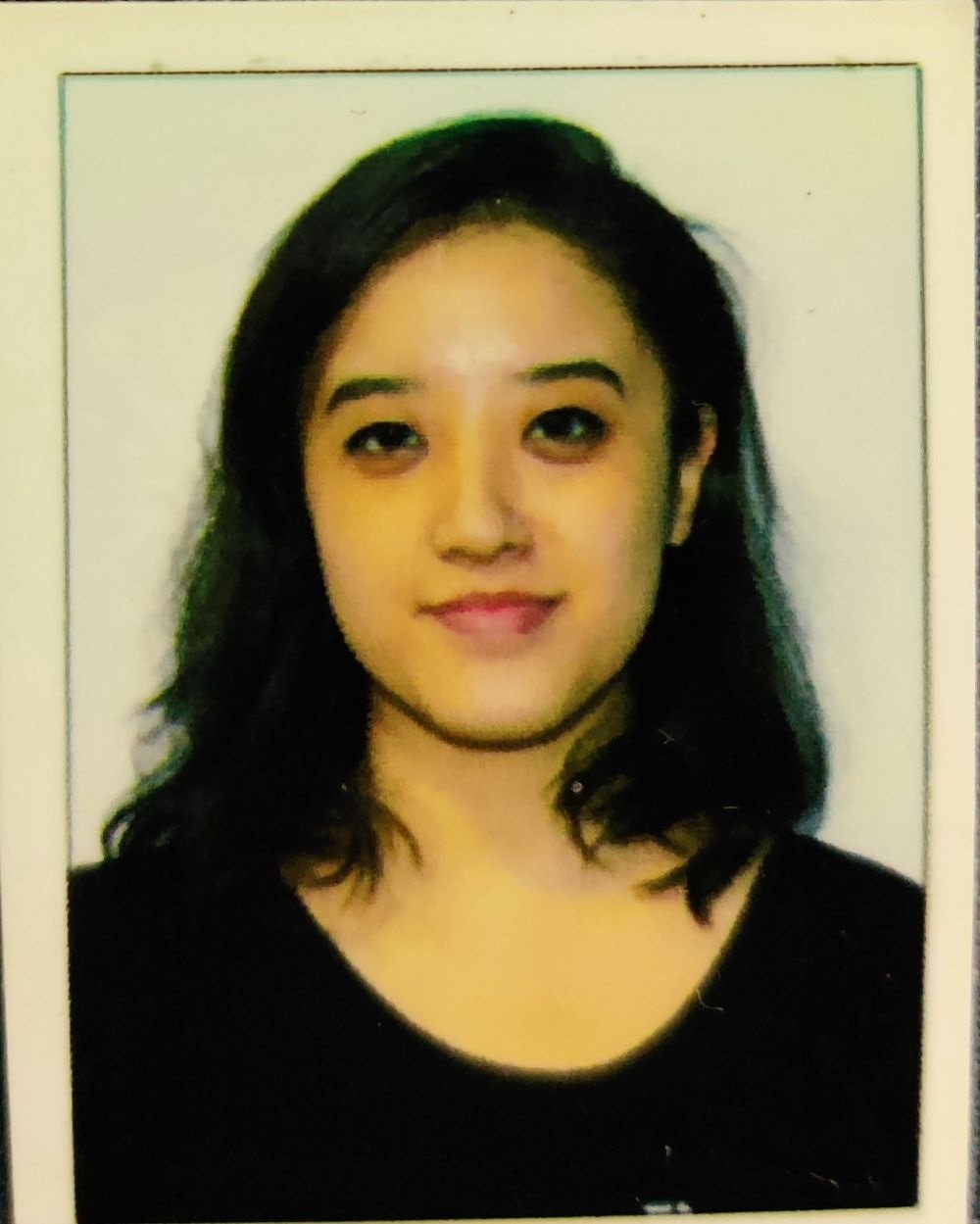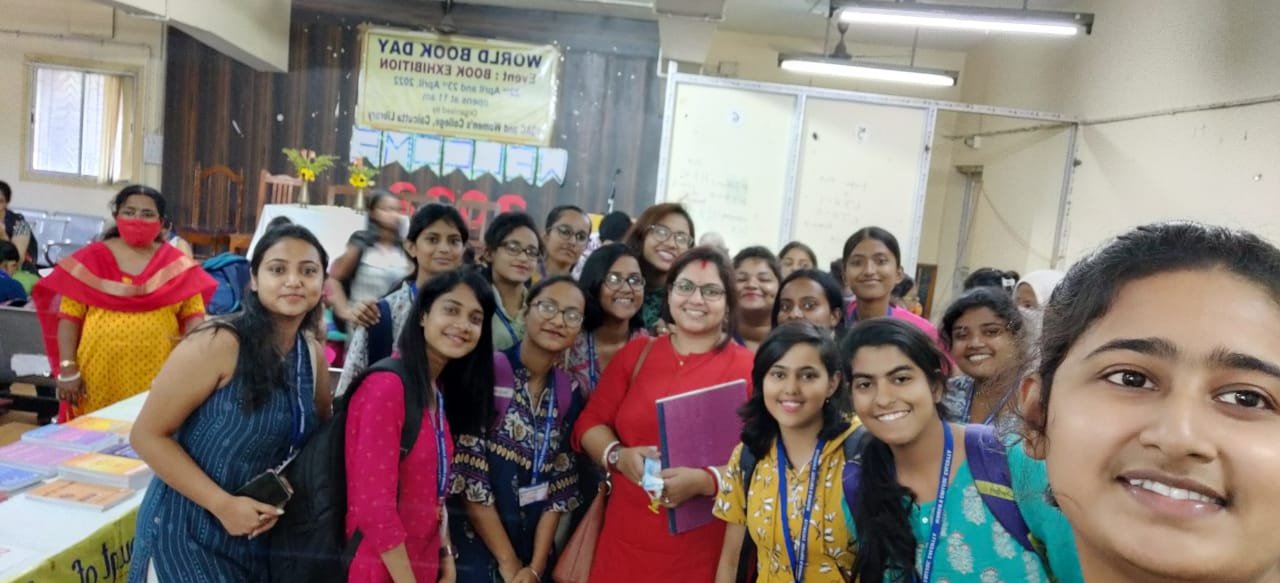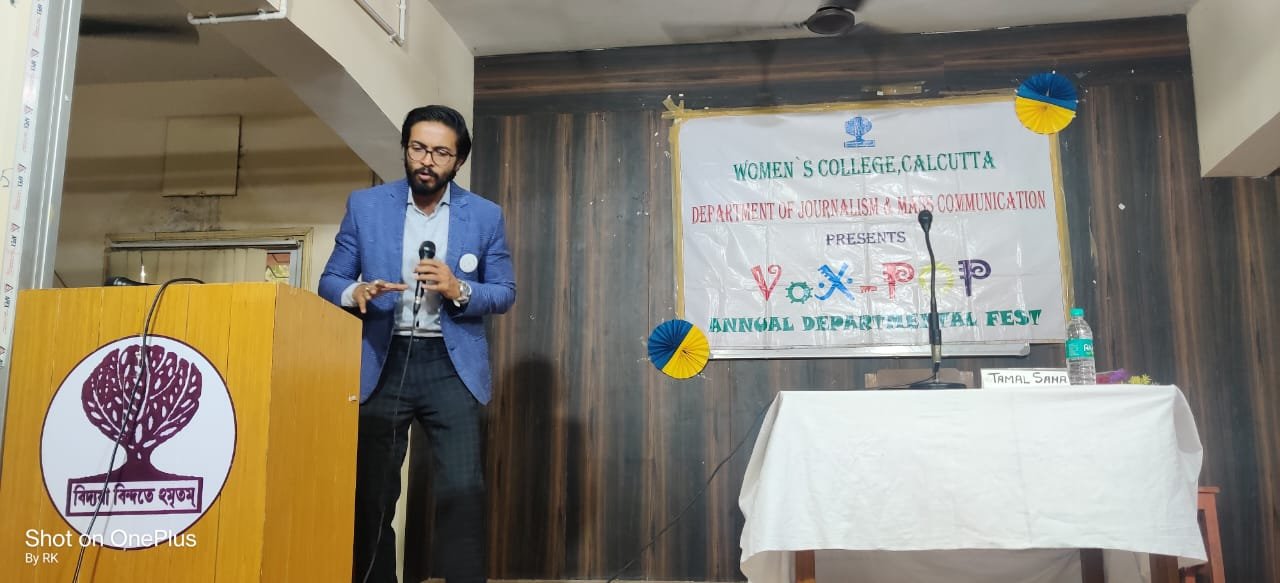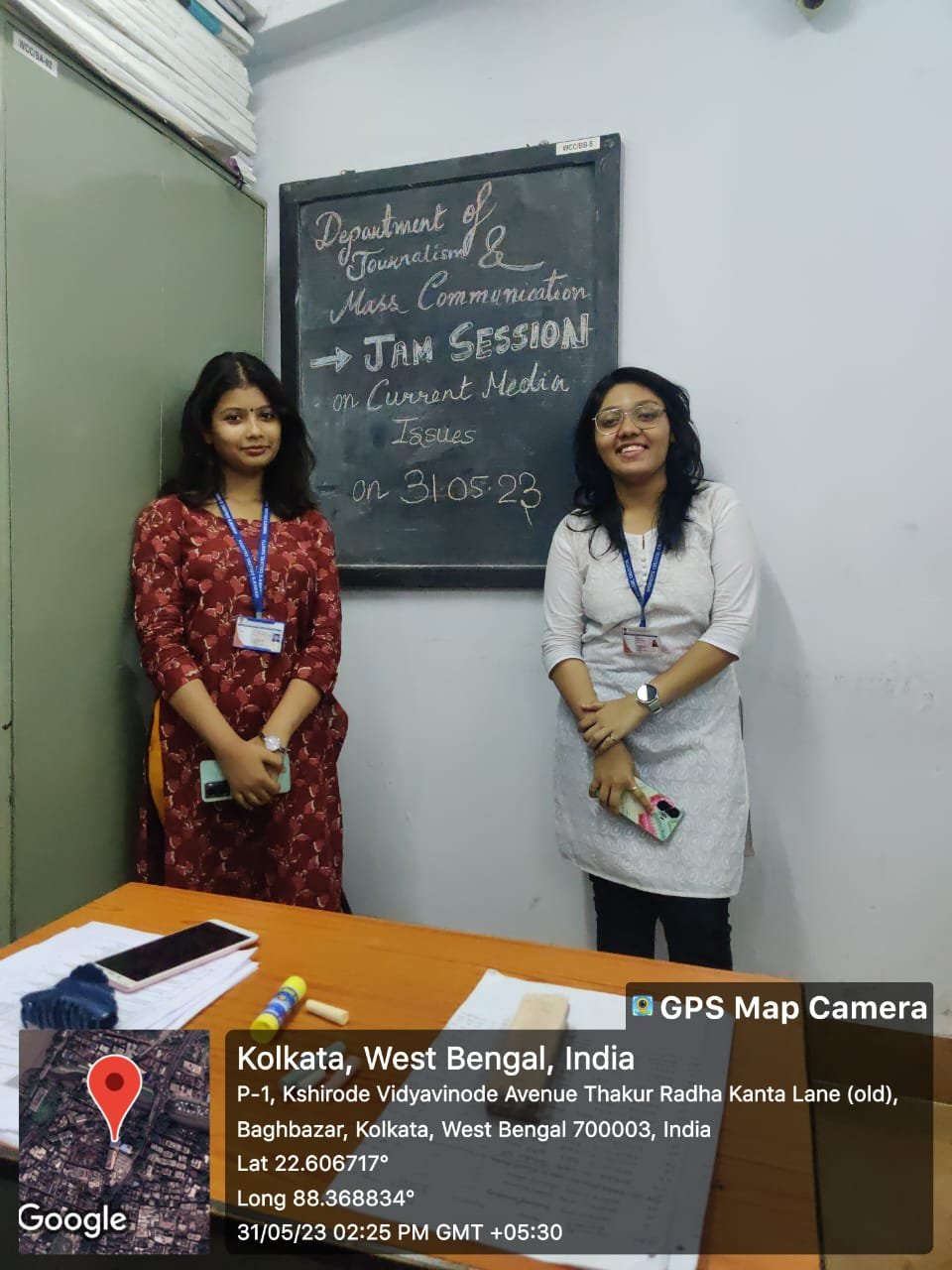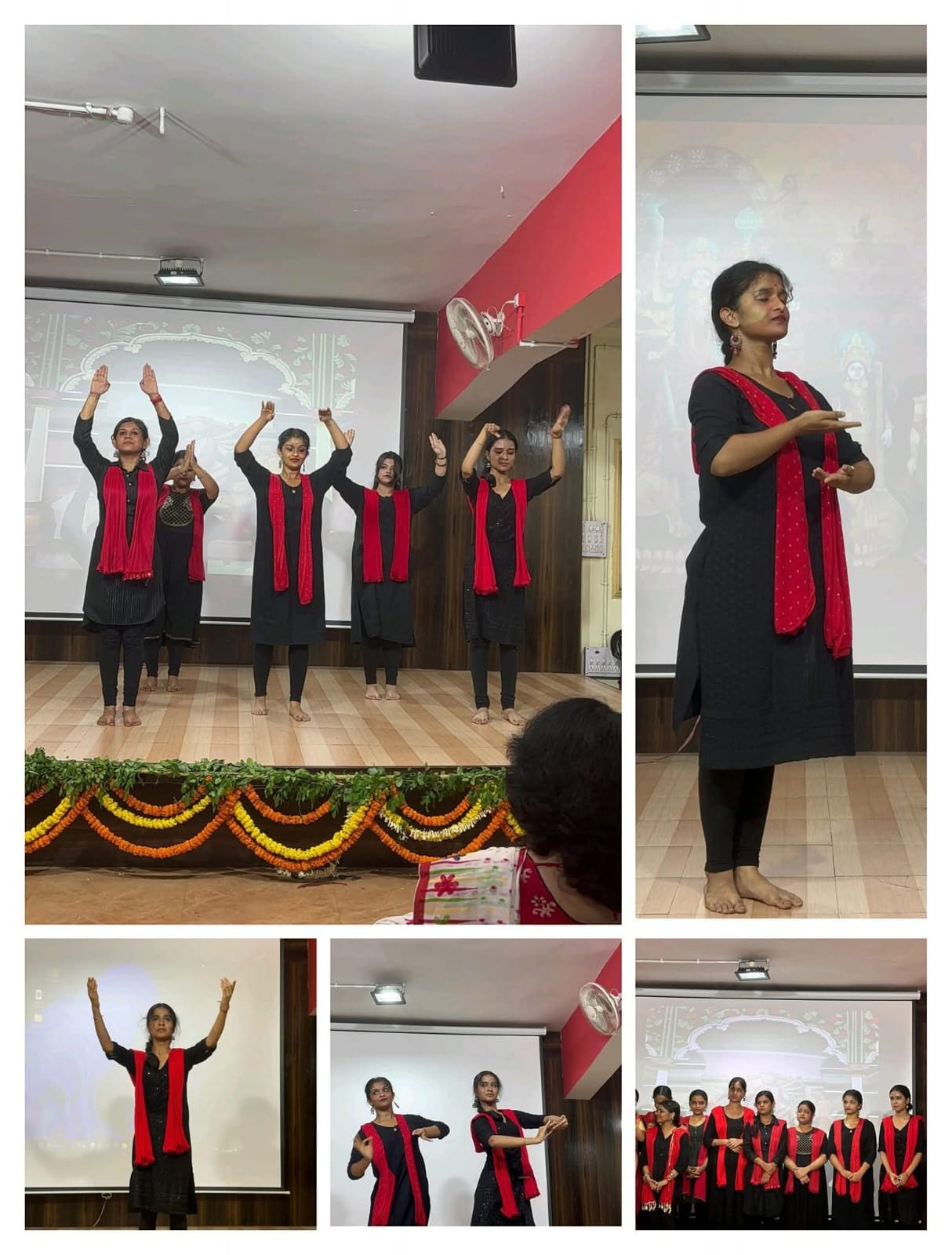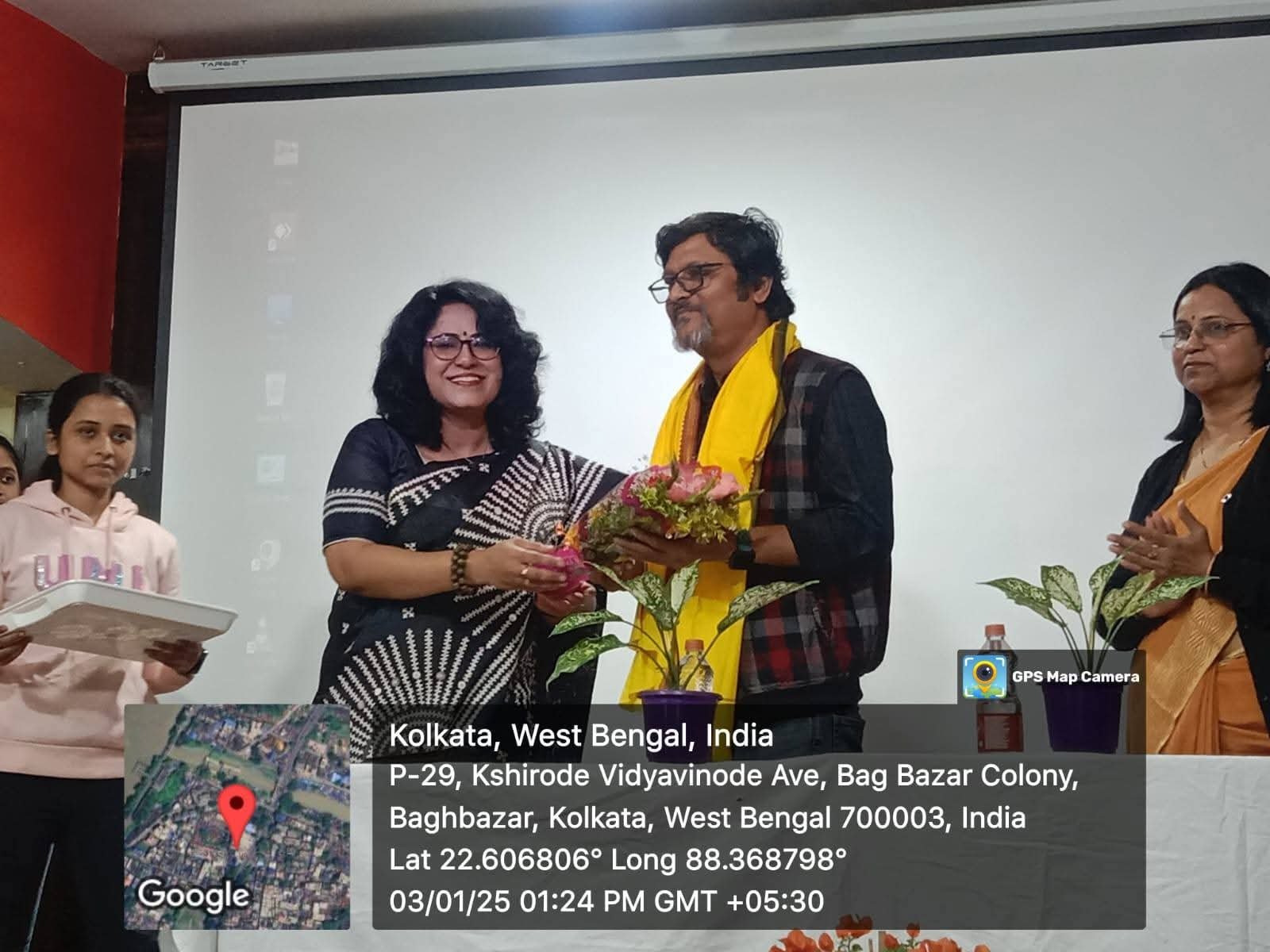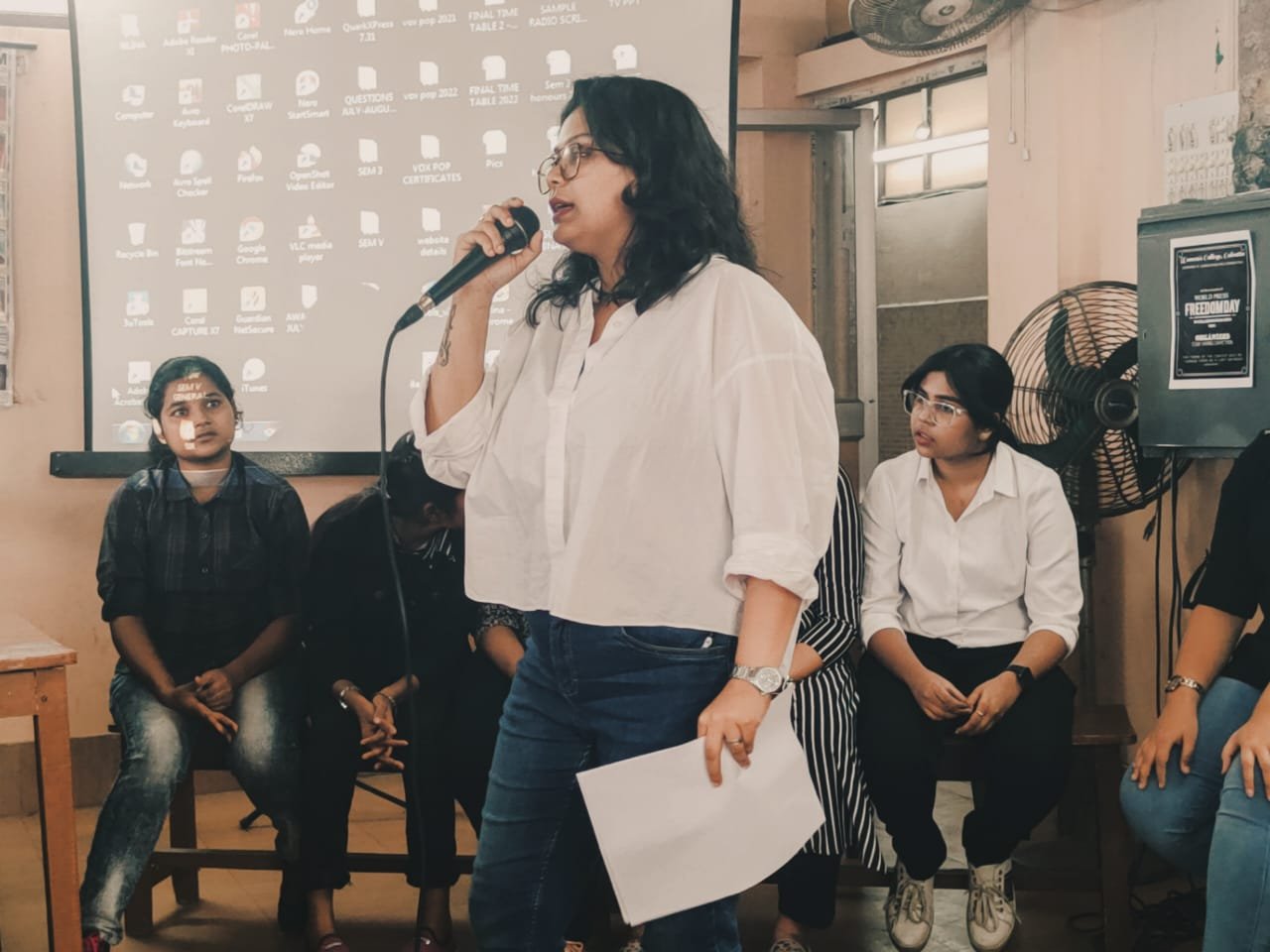X
- Notice for UG Sem -II admit card distribution

- Ug Admission 2025-26

- UG SEM - I COLLEGE ADMISSION LINK

- Notice for Sem - I B.A./B.Sc Course session 2025-2026 schedule date for 23/09/2025, 24/09/2025 & 25/09/2025 are directed to be present for the same on 09/10/2025 & 10/10/2025

- NOTICE FOR UG SEM - I VERIFICATION SCHEDULE SESSION 2025-26

- PG Admission 2025-26

- NOTICE FOR UG ADMISSION (SEM - I) 2 ND PHASE DOCUMENT VERIFICATION
- ABC ID PROCEDURE

- UG SEM - I CHECK LIST 2024
- POCO
- UG BROCHURE 2024

- Notice for UG Admission Document verification schedule Session 2025-26

- Grievance Portal
- 360° Teachers Appraisal
- Online Examination Portal
- Magazine
- IIQA
- Placement Cell

- Student Profile Mapping
- Statutory Cells

- Online Feedback
- LMS (E-shiksha)
- Entry in Service
- MoU



